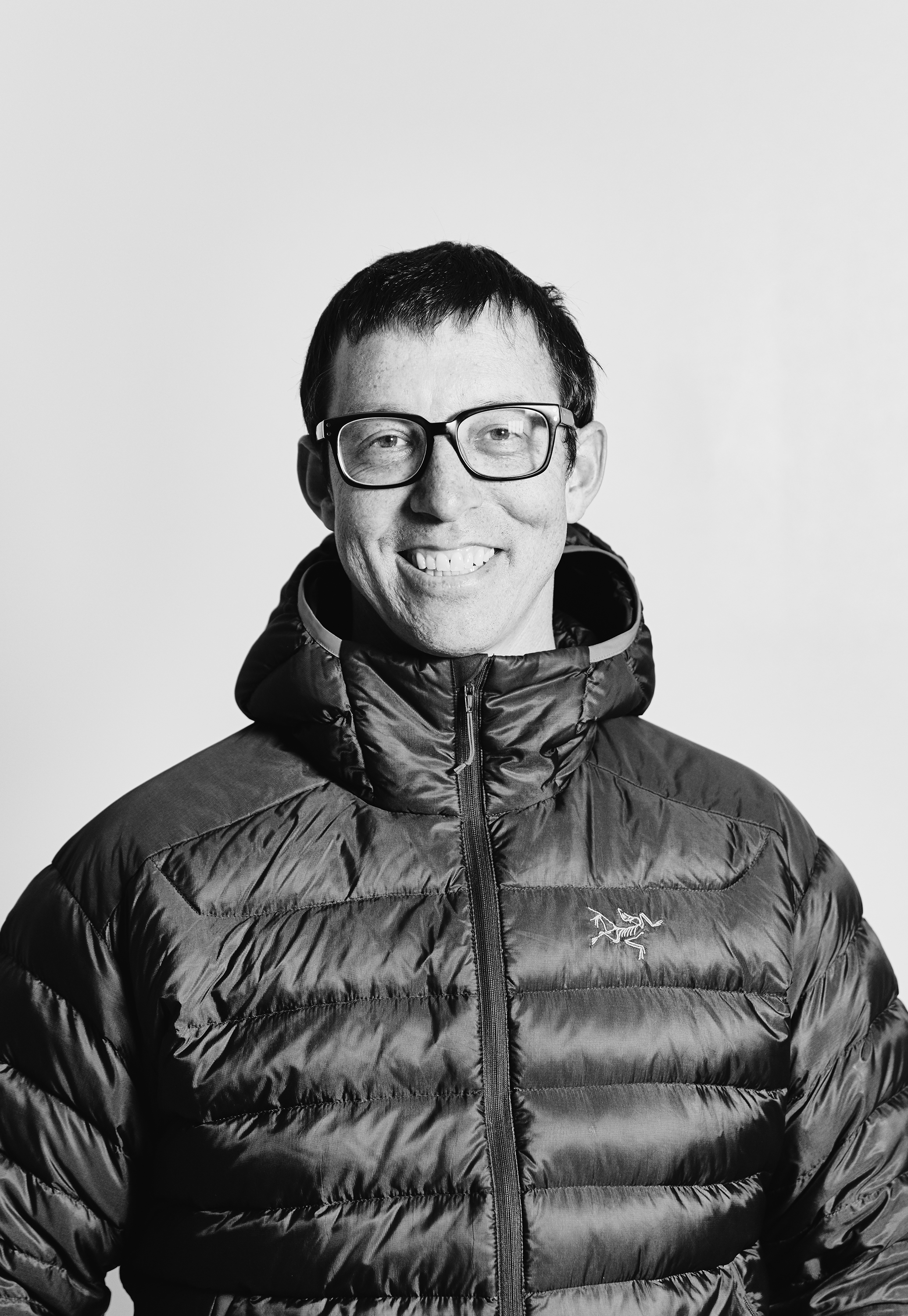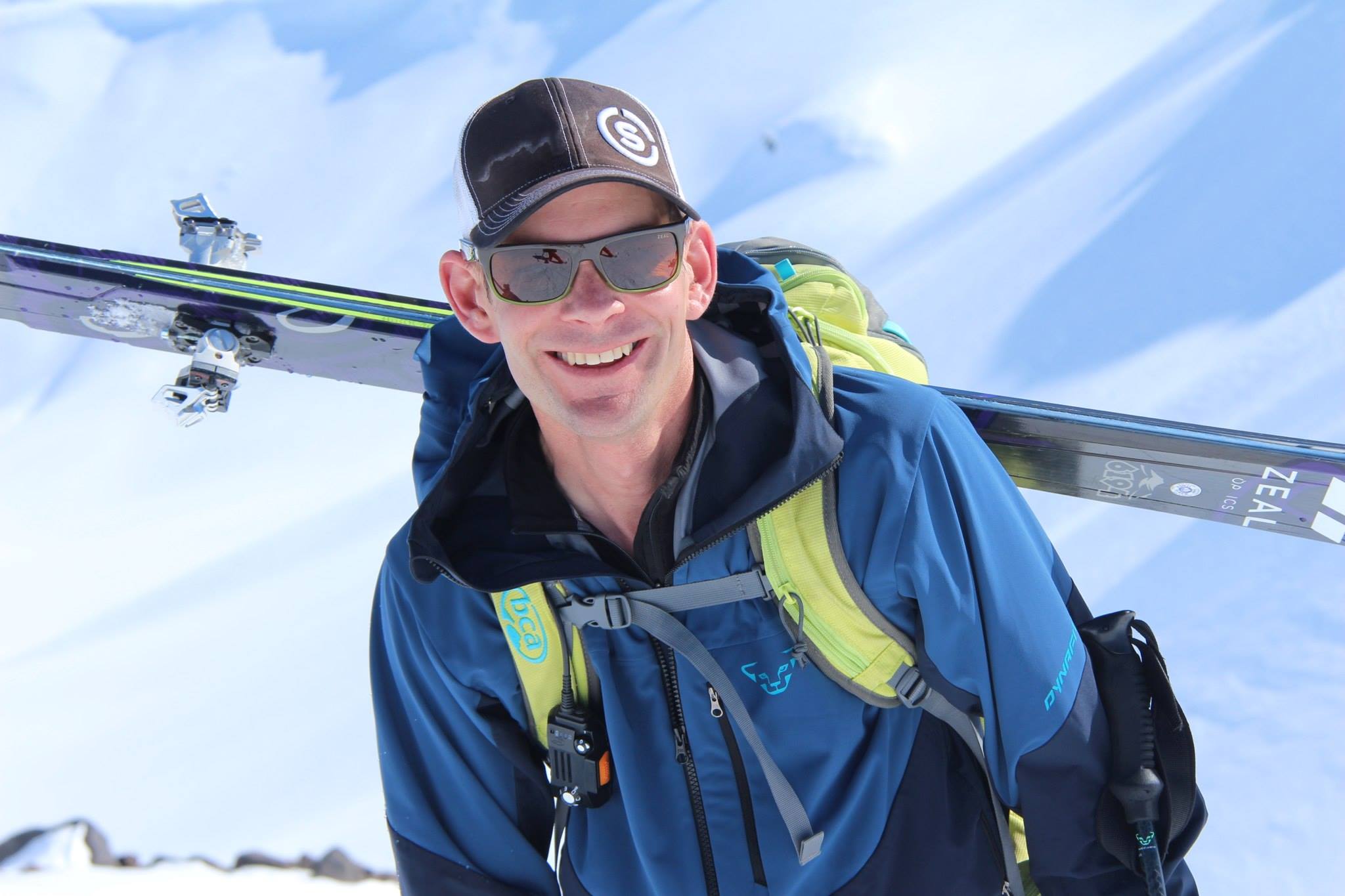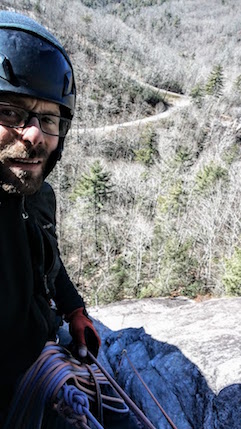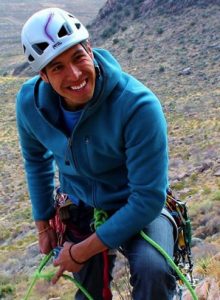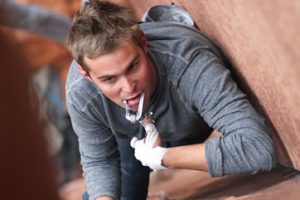Jes Meiris reflects on her record-breaking solo effort on the Nose
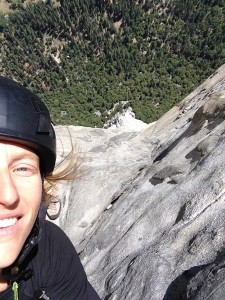
Jes Meiris looking down from around Camp VI while on her June 7 solo ascent of the Nose.
On her 7th time up the Nose (5.9 C2) of El Capitan, Yosemite National Park, 32-year-old Jes Meiris (Assistant Rock Guide) broke the women’s solo speed record, climbing the almost 3000 feet of granite in 27 hours. Meiris started climbing at 8p.m. on June 7th,, blasting the previous five-day female solo record set in 2002. The AMGA recently sat down with Meiris to chat with her about her adventure.
AMGA: What is it about the Nose that you enjoy so much?
Jes Meiris: The Nose has some incredible pitches on it. If even half those pitches were anywhere close to the ground, they would be mega-classics! Even though I don’t free climb much, the position, exposure and aesthetics of the route never seem to get old. El Cap gets in your blood! The Nose is also special because of the many memories and great times I’ve had on that wall. I’ve had the privilege of climbing the route with three fabulous partners so far. There have been many opportunities for personal growth—some of them very challenging, as I have strong emotional ties to the wall as well—but those have been some of the best climbing days of my life.
AMGA: Why did you decide to break the women’s solo record?
JM: I had my sights set on soloing the Nose in a day, and I knew if I did so I would break a record, but would have done it anyway. My primary motivation was to push my own physical limits and do something that also sets new standards for what’s possible for women in my sport and profession. I’ve held the women’s team speed record as well, in 2012 with Quinn Brett (10 hrs 19 min). And after climbing big walls in half a day or less, the next logical step would have been to link two big walls in a day. I’m limited by arthritic joints and can’t handle the descents, so one way to push that limit is by soloing which is basically climbing El Cap twice without hiking in between. It’s also appealing because I use big climbs like this as an opportunity to make a difference in my community. This time, I raised funds for a local climbing organization I helped to start, the Pikes Peak Climbers Alliance based in Colorado Springs. I raised about $500 during my 27-hour climb.
AMGA: How did you feel after accomplishing that goal?
JM: Great! Obviously I was happy to be done after 27 hours in motion, but physically I had energy left and plenty of mental focus to descend safely. I was disappointed to have missed my sub-24 hour goal, but it was the smart and safe decisions I made on the wall that cost me time. And staying safe is certainly worth the few extra hours. I can always go back.
AMGA: What are your goals now, both personal and with guiding?
JM: It’s possible that I will return to shave a few hours off my time. Beyond that, I plan to spend a good chunk of the winter season helping to get the Pikes Peak Climbers Alliance, the non-profit I helped to start, off the ground, along with several other community based projects in my area. I’m also considering writing a book. With guiding, I’m excited to continue to foster relationships with companies both old and new opening up permit opportunities nationwide, and work toward making a positive impact on how independent guides can operate most effectively in the US and abroad. I’m looking forward to finishing my Rock Guide Certification as well.
AMGA: Is there anything I’m not asking you that you want to share with me?
JM: I’d like to introduce a concept I’ve been thinking about and trying to gain some clarity on. I’m not a “world class climber”, and I’m not a big risk taker. It’s possible to get this record down to half a day, and there are many strong women out there who are capable. I’m slower than that because I play it safe. The climbing media typically focuses on climbing difficulty and pushing grades, and it’s easy to assume that I fall into this category of professional climbers, but it’s not my climbing ability that sets me apart. Instead, it’s qualities of courage, determination, mental fortitude, and a willingness to stick my neck out there and be vulnerable for a greater cause. Focusing on the process and the approach to big goals rather than the outcome provides people—climbers and non climbers alike—an access to something in my experiences that resonates with them. That’s the difference I’d like to make.
Lastly, although I was climbing solo, I could never have completed this objective alone. I had huge support from friends and family both during the climb—including speed master Hans Florine himself, along with climbing partner Julie, cheering me on from lower on the route—and the many training and rehearsal days beforehand. Many many thanks to all who contributed to my success!
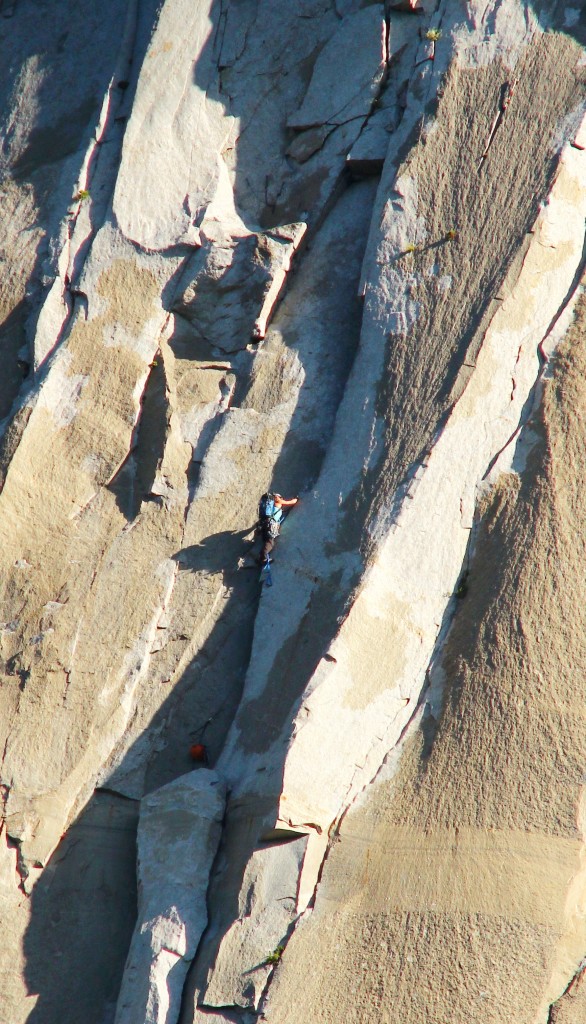
Jes Meiris leaving Eagle Ledge, pitch 17. Photo by Tom Evans





